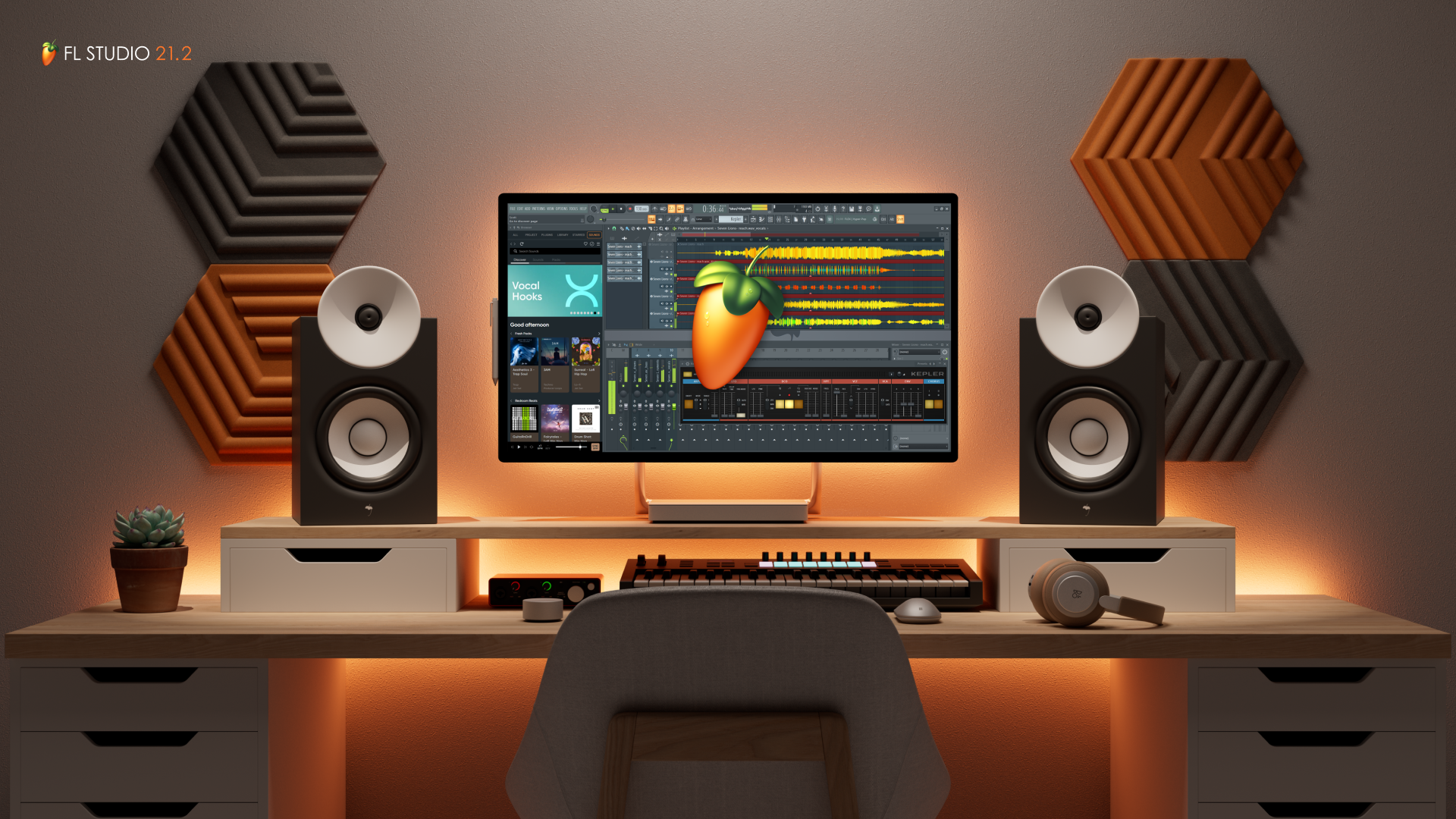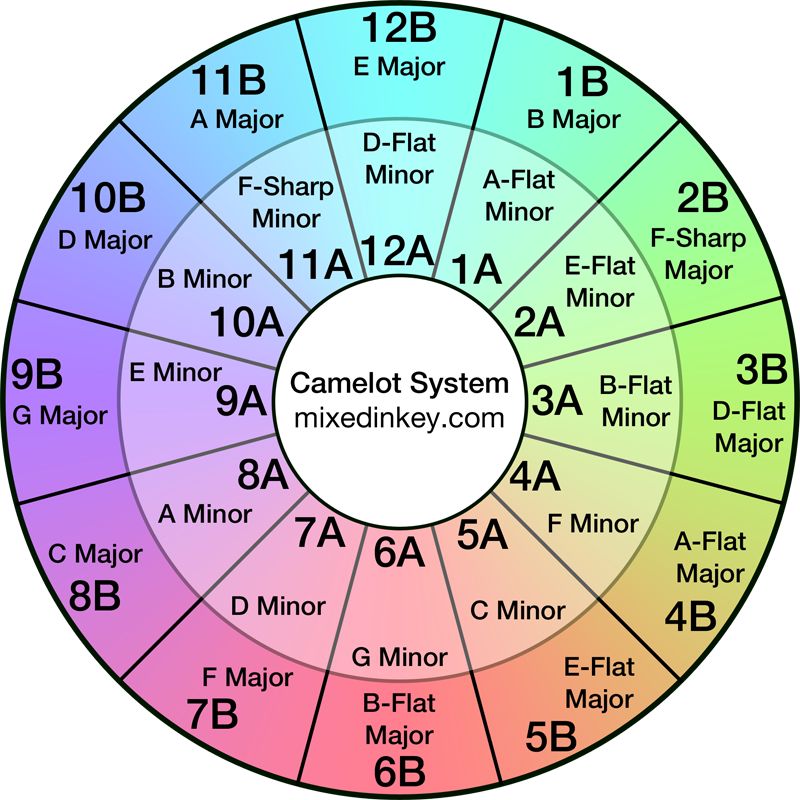I’m excited to share some big news in the world of music production, and yes, it’s a partnership that’s worth every note. Before we dive in, let me be transparent: this article is written in collaboration with FL Studio and Native Instruments, and I’m thankful for continuously being considered as a trusted voice for recommendation by companies like that. I’m not getting paid nor do I have any advantages from this. It’s all about giving you the inside scoop on opportunities that can genuinely elevate your music production journey.
A Harmonious Collaboration
In the realm of digital audio workstations (DAW), FL Studio has been a beacon of innovation and user-friendliness for 25 years. Now, they’re joining forces with Native Instruments, renowned for their impactful music production tools. This collaboration is not just news; it’s a game-changer for producers, composers, and music enthusiasts alike.

Introducing the Bundles
KOMPLETE Collection for FL Studio
Imagine having a toolkit at your disposal that breathes new life into your music. The KOMPLETE Collection for FL Studio is exactly that. It’s a curated set of 12 instruments and effects, including the legendary Massive X, designed to inject inspiration into your tracks. Whether it’s mixing, mastering, or creating unforgettable melodies, this bundle is your new best friend.
KOMPLETE Signature Series for FL Studio
For those who crave the ultimate set of tools, the KOMPLETE Signature Series is like hitting the jackpot. With 15 essential instruments and effects, this bundle is a powerhouse. It’s equipped to guide you through every stage of production, from the initial note to the final master. Including industry staples like Ozone 11 Standard and Guitar Rig 7 Pro, it’s the premium choice for anyone serious about their sound.
Why Act Now?
These exclusive bundles are available only until March 19, 2024. Think of them as your limited-time pass to a world of enhanced creativity and polished production. Missing out isn’t an option for the forward-thinking producer.
See the Magic in Action
Don’t just take my word for it. FL Studio Power User Larry Ohh has already embraced these tools, creating music that stands out. Witness his process and the power of these plugins through his engaging video showcase.
A Leap Forward for Your Studio
This partnership between FL Studio and Native Instruments is more than just a business move; it’s a commitment to empowering musicians and producers. With these bundles, your music has the potential to reach new heights of emotion, clarity, and impact.
As a partner in this initiative, I’m here to say: these tools are a worthy investment in your musical journey. They’re not just plugins; they’re gateways to the next level of your creative expression.
Here’s to making music that resonates, innovates, and inspires.

